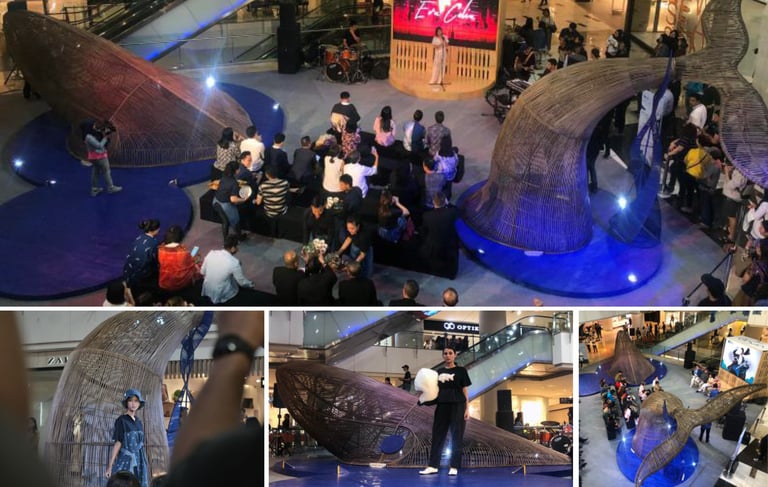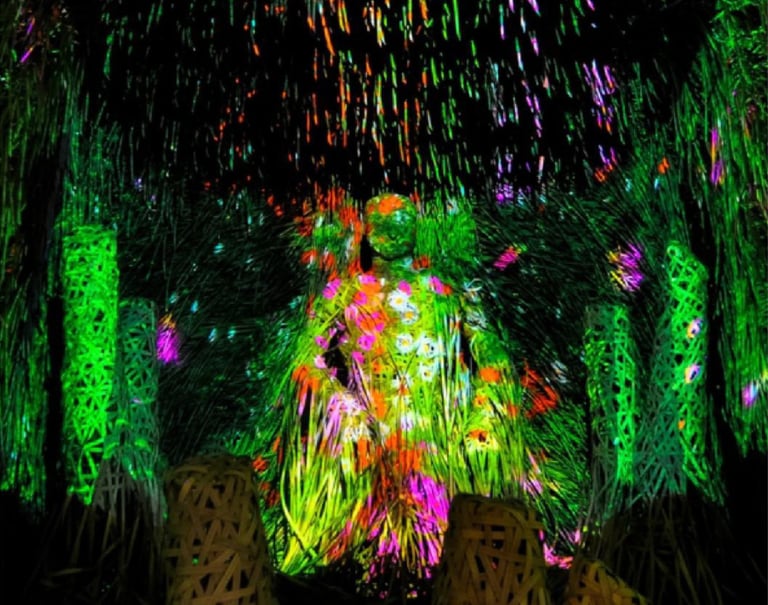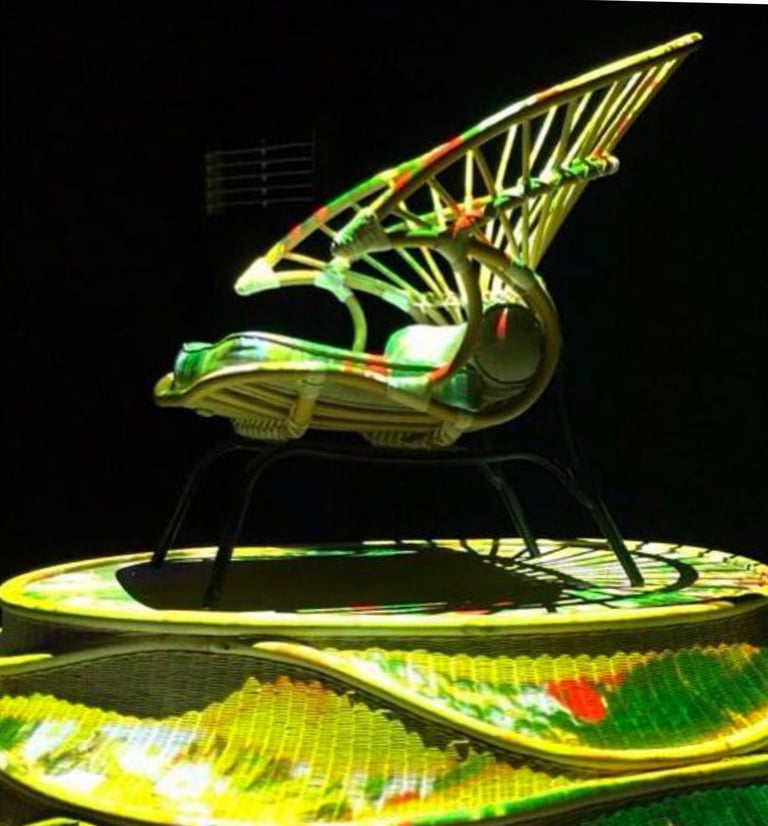Spreading Impacts Through Art Installation
Natha Arnawarma: The Ocean Keeper
Grand Indonesia Mall, Jakarta
The concept revolves around creating an art installation named "Natha Arnawarma," which means the keeper of the ocean in order to represent the importance of preserving the ocean's health. The artwork will take the form of a magnificent whale crafted entirely from sustainable rattan materials. This design aims to symbolize the pivotal role of whales as guardians of the ocean and to shed light on the pressing issue of plastic waste in marine ecosystems. By utilizing rattan, a renewable and eco-friendly material, the artwork seeks to promote sustainability and inspire a deeper consideration of environmental impact. "Natha Arnawarma" serves as a powerful statement to encourage a shift towards greener practices and to advocate for the conservation of our oceans.


Tears of Rattan:
Ritz Carlton Pacific Place, Jakarta
The "Tears of Rattan" art installation aims to illuminate the intricate relationship between Indonesian rattan farmers and their craft through a captivating blend of physical artwork and immersive video mapping. This installation features organic shapes mimicking the flowing forms of rattan, symbolizing the resilience and dedication of the farmers. As visitors navigate through the installation, dynamic video projections showcase the daily lives of rattan farmers, highlighting their struggles, triumphs, and the vibrant culture surrounding rattan harvesting. The visual narrative serves not only to educate audiences about the significance of rattan in Indonesian heritage but also to evoke empathy and support for sustainable farming practices. By marrying traditional craftsmanship with modern technology, "Tears of Rattan" invites viewers to reflect on the importance of preserving both the art and the artisans who are the heart of this vital industry.


Mah Apatha: The Long Journey
Senayan City Mall, Jakarta
The artwork concept explores the profound journey of rattan, tracing its path from the lush, verdant forests where it thrives to the industrious factories that transform it into beautiful products. It begins with a vibrant depiction of farmer groups in the upstream, where skilled hands carefully harvest the rattan, respecting the environment and its ecosystem. As the journey flows downstream, the artwork transitions to showcase the intricate processes involved in turning raw rattan into fine furniture and decor. The contrast between the natural beauty of the forest and the bustling energy of the industry highlights the importance of sustainable practices. By intertwining these elements, the artwork not only celebrates the artistry and craftsmanship involved in this transformation but also raises awareness about the need to preserve the origins of such materials for future generations. Through this visual narrative, viewers are invited to reflect on the interconnectedness of nature, culture, and industry.



